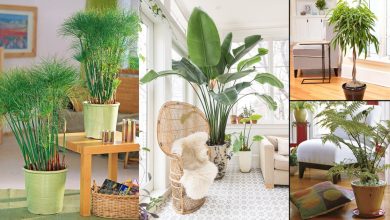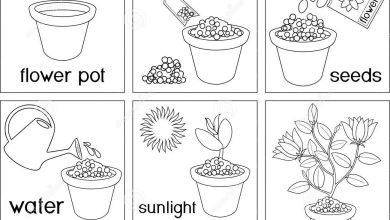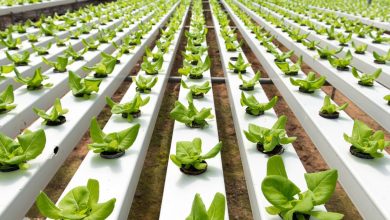Poppy: [Characteristics, Cultivation, Irrigation and Care]
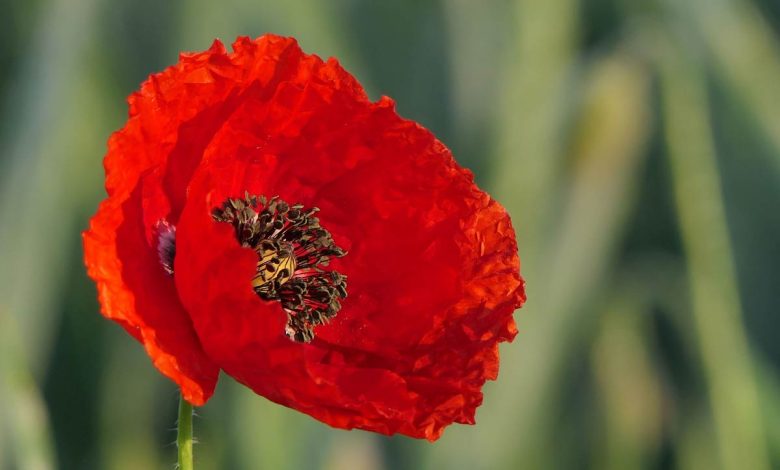
Poppies or royal poppies are beautiful flowering plants that can add spectacular color to your garden.
Around the world, poppies are valued by many cultures and religions for a variety of reasons, some of them related to their colors and medicinal attributes.
Throughout history, they have been associated with mythology, religion, politics, and medicine, which has created multiple forms of symbolism for the poppy.
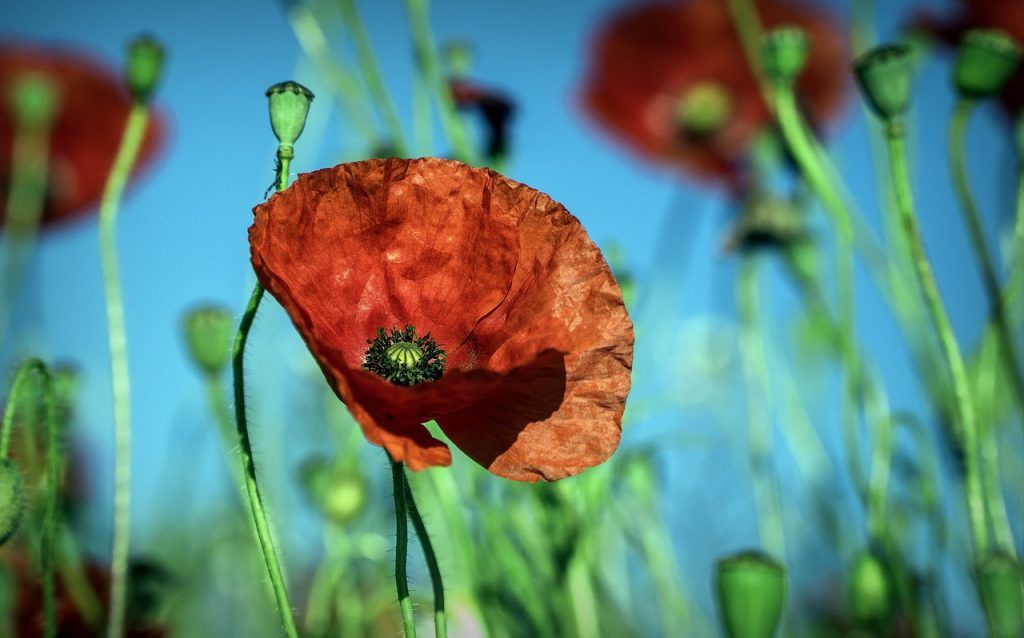
Opium poppy characteristics
The opium poppy is a herbaceous plant that can grow to more than a meter in height with large flowers up to 15 cm wide. Not only do we like its characteristic red flowers, but also bees.
After World War I, poppy flowers began to grow everywhere. This is because the fields were barren as a result of the war, but then became rich with lime from the rubble, providing rich soil for the poppies to flourish.
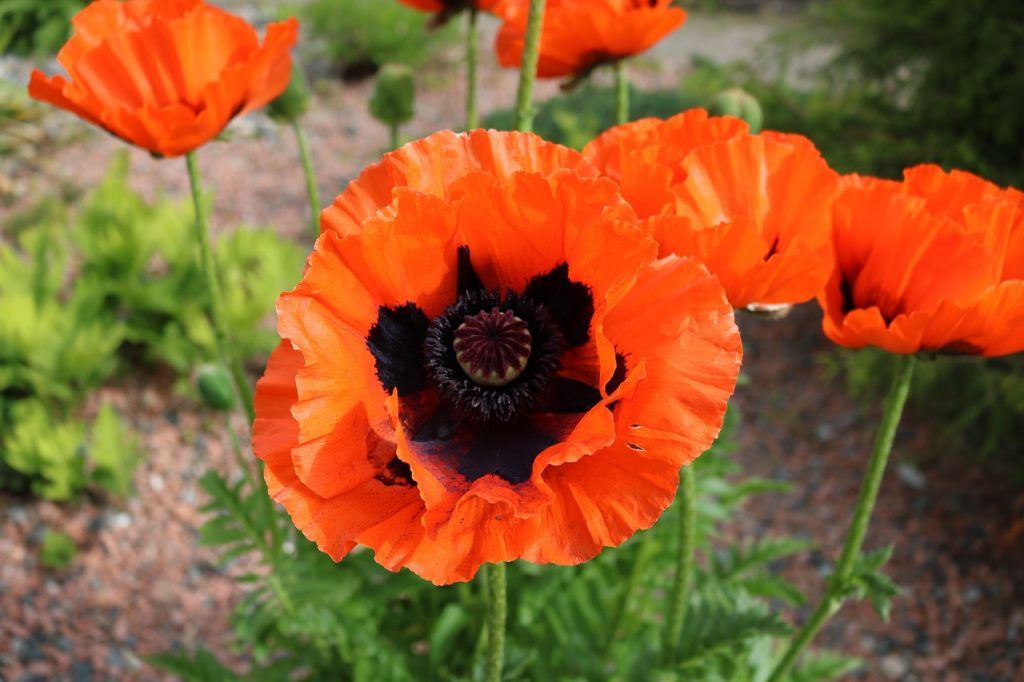
Can opium poppies be poisonous?
It is important to note that most poppy flowers are poisonous to some degree. This species contains alkaloid compounds that are poisonous to both humans and domestic animals. No part of the plant should be chewed.
Poppy seeds or royal poppy in the garden
Growing your own poppies from seed is an easy way to add striking swathes of color to your garden, and a spectacular filler for any unused space.
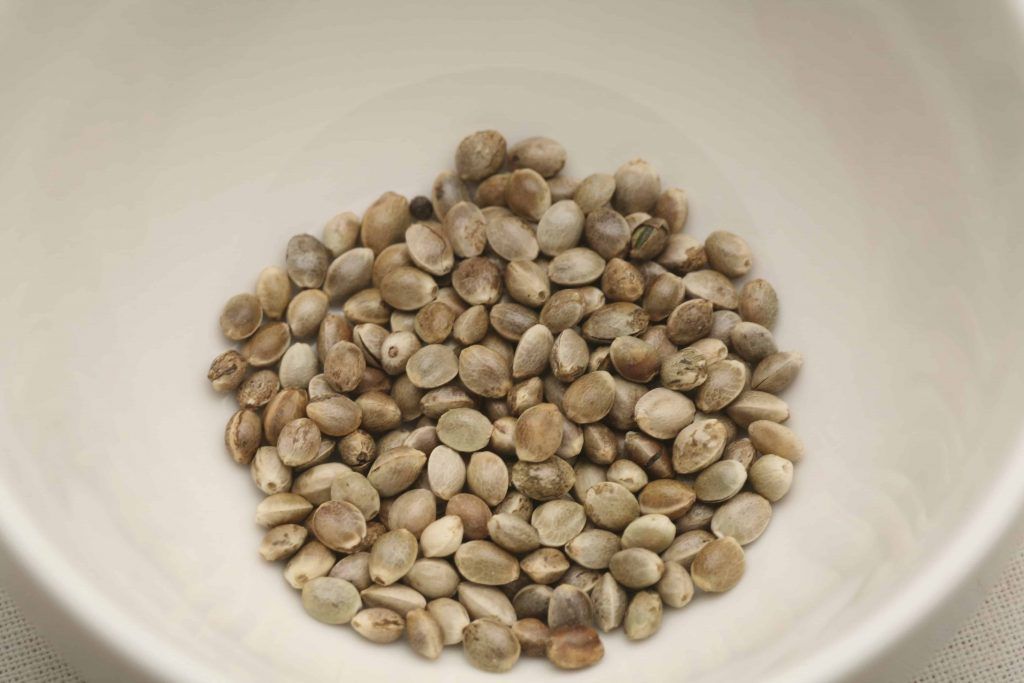
And the best?
Once planted, they will regrow year after year, forming graceful bouquets over time.
Follow our easy guide on how to plant poppy seeds and soon you’ll have plenty of these distinctive and delicate blooms to brighten up your beds and borders.
If you’ve purchased poppies from a local nursery and been disappointed with the results, try planting them from seed. We have had more success planting poppies directly in the garden.
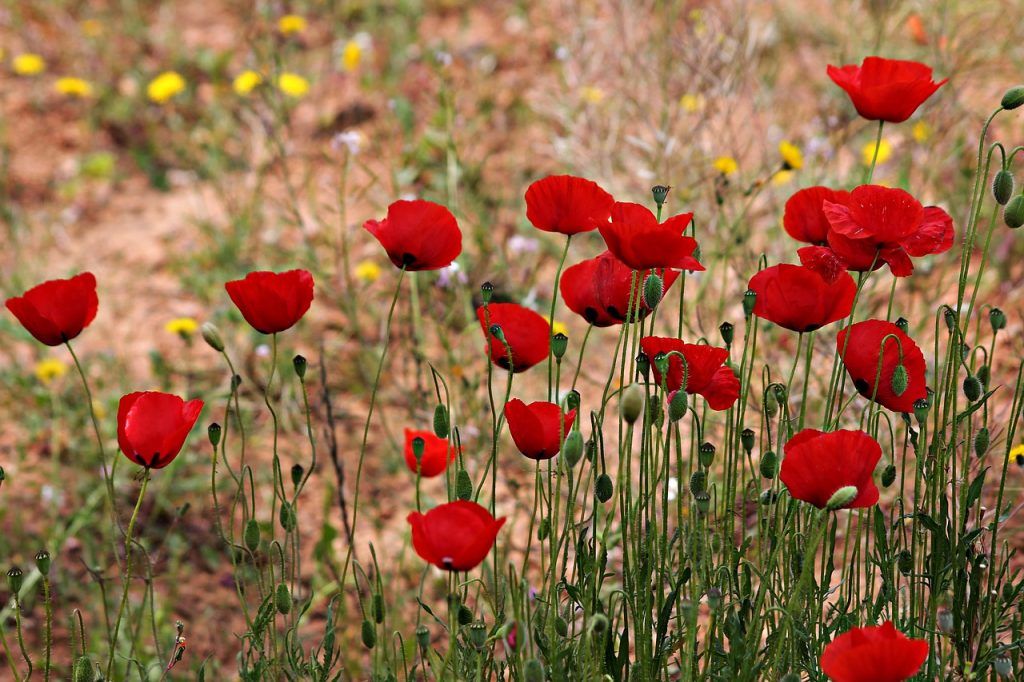
What variety of opium poppy should we plant?
You can choose from approximately 120 different varieties of poppies, including annual, biennial, and perennial flowers.
There are a wide variety of colors – sow a mix of poppy seeds for a more natural wildflower garden look, or you can also go for a single color of poppy.
flanders poppy
The Flanders poppy (papaver rhoeas) is the simplest to grow, and is best known as a symbol of remembrance for the soldiers who gave their lives in the First World War.
It is an annual, bee-friendly variety that is ideal for a wildflower garden.
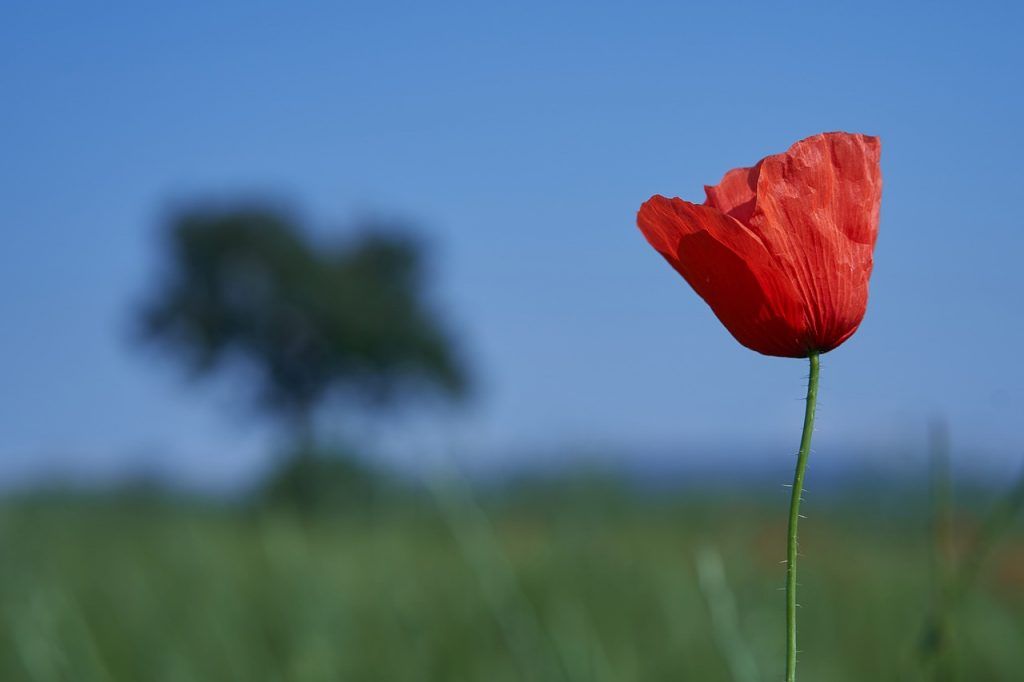
Poppy cultivation for many years
If you want a more long-term plant, biennial and perennial poppies are a lively addition to your garden or orchard. Oriental poppies have larger flowers, while Icelandic and Japanese poppies come in unique hues like mauve and gold.
Plant poppies for the kitchen
If you grow poppies for culinary use, the opium poppy is a good choice. The seeds can be consumed and are used to add flavor, crunch and bite to breads and pastries.
Be careful, as the seeds of many other poppy species are not edible. Also, you should not consume any other parts of the poppy plant: they are poisonous.
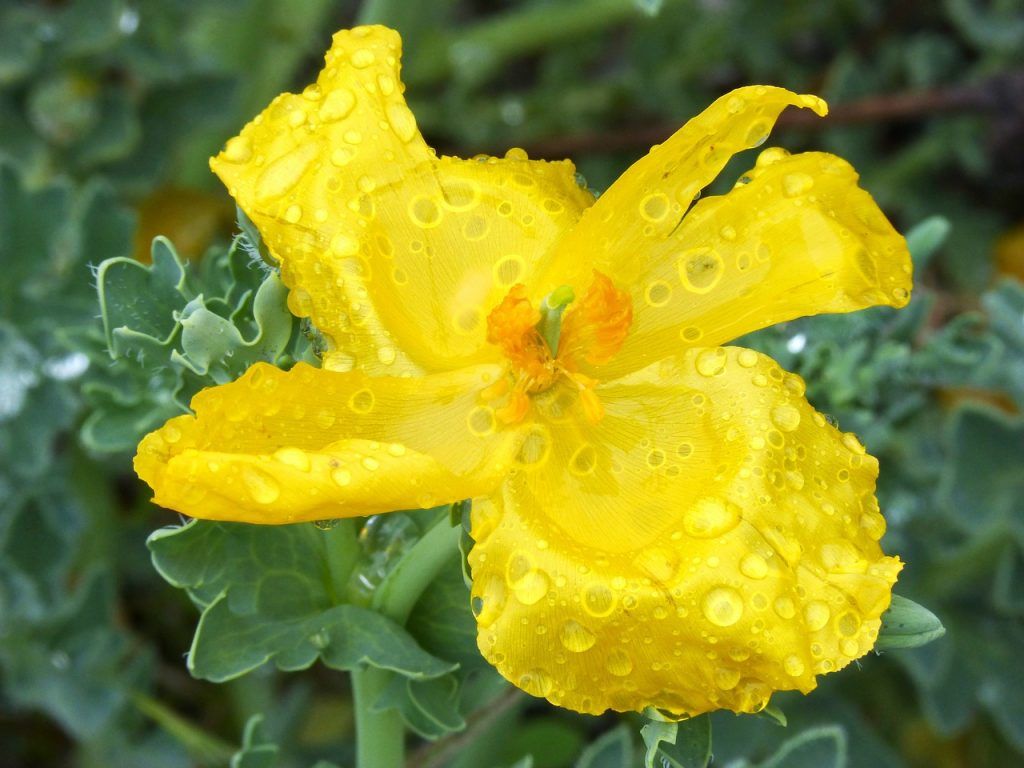
When to plant poppies?
Sow poppy seeds directly in your garden in spring or fall.
If you sow them at the beginning of the year, usually between March and May, it is best, but you will have to wait until the following summer to get a proper flowering.
Sow between late August and October for more first season blooms.
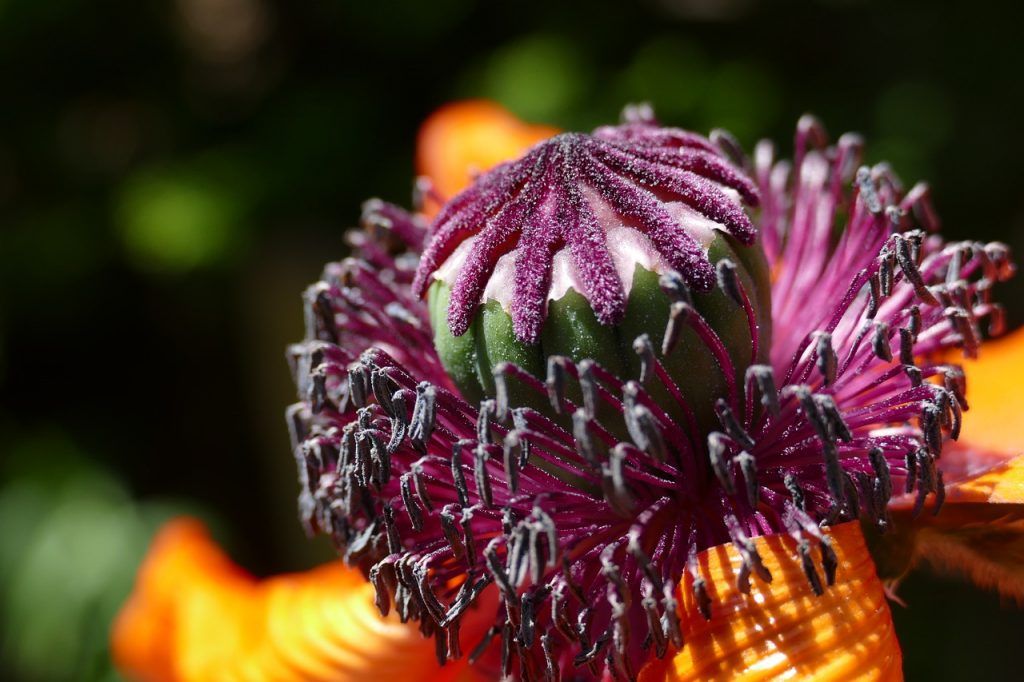
How to water poppies?
Water the poppies during dry spells, but don’t over-saturate them.
Pluck wilted poppy flowers frequently to encourage more blooms.
If left to seed, poppies self-seed, so prevent unwanted spread by removing faded blooms early.
How do we harvest poppy pods?
To harvest the seed pods, cut them off when the pods turn light brown and dry them for 1-2 weeks before opening and storing them in a jar for up to two years.
Once the annual poppies have turned to seed, pull up the mother plants and compost them.
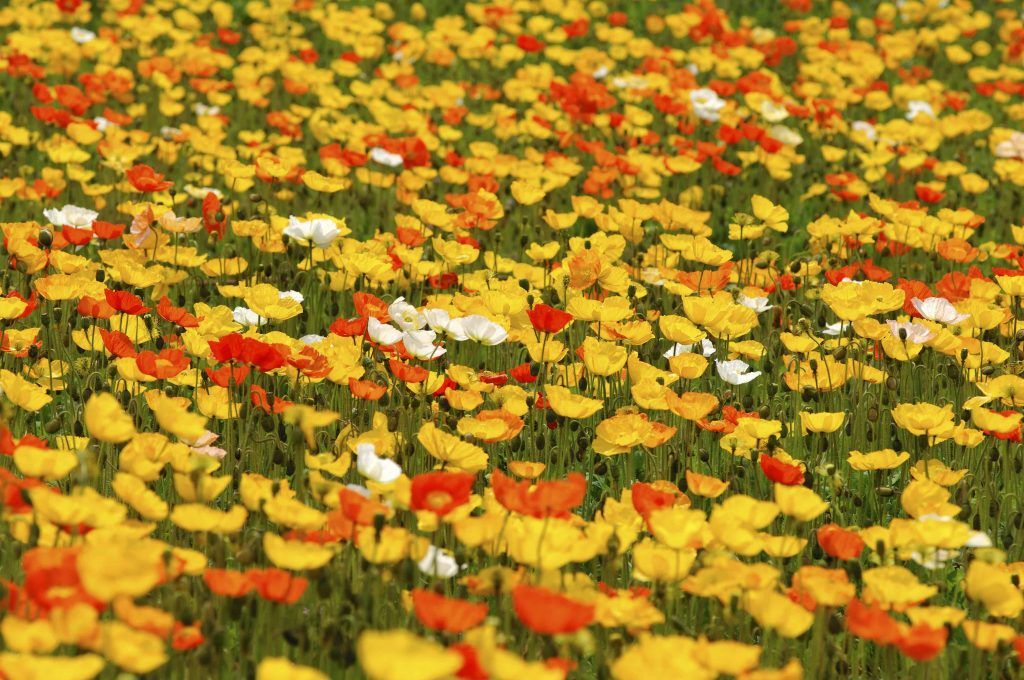
For biennials and perennials, cut back old foliage to ground level in fall.
Divide clumps of poppies in late summer, when they have finished blooming. Be careful, as early separation can damage the surrounding sensitive roots.
Plant poppies step by step
- Choose a sunny spot with good drainage.
- Remove weeds from the area and rake to a thin layer.
- Pour some poppy seeds into your hand and spread them very thinly on the ground to create natural looking areas.
- Allow them to germinate between 7 and 30 days, depending on the variety, the state of the soil and the growing temperatures. Keep the soil moist during germination.
- Once the seedlings are big enough to handle, space them about 12 inches apart.
- Water the area regularly, especially during periods of drought. Be careful not to overdo it, as this encourages rapid growth and leggy plants, or even rot.
- Is it too late to start with the seeds? You can buy oriental varieties like the satin poppy as mature plants.
- Harden off outdoors for 2-3 days, when the risk of frost has passed, before planting in fertile, well-drained soil.
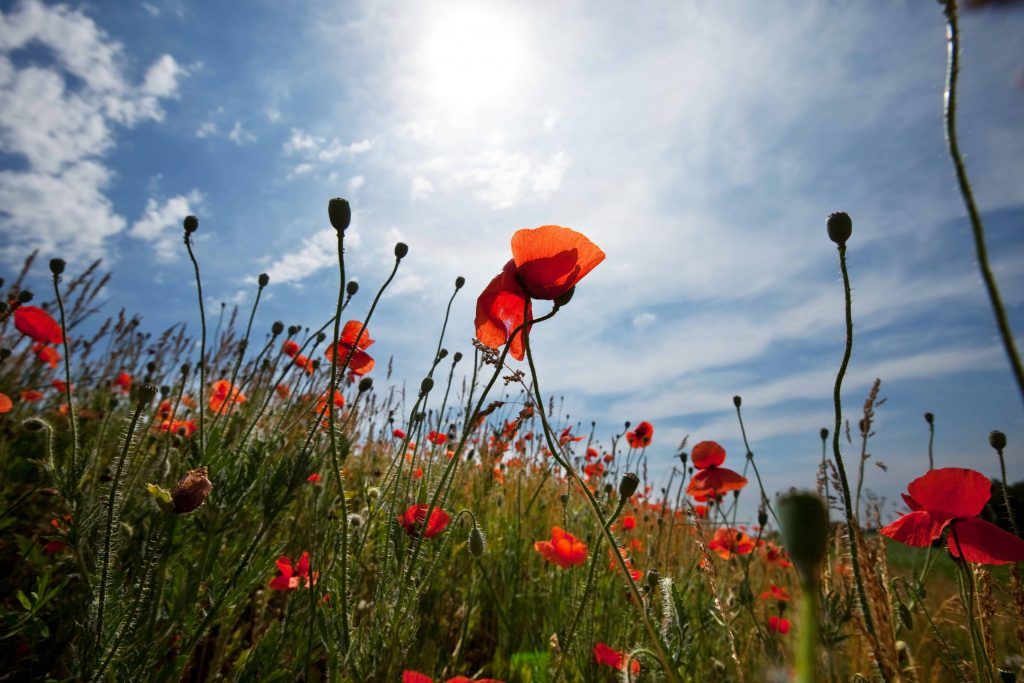
Transplantation of poppies
Repotting is the best way to avoid overpopulation with new poppies or to move your perennial poppy to a new home.
Transplant perennial poppies in late summer, when they are no longer actively growing.
To begin transplanting, water the soil around each plant to help loosen the soil.
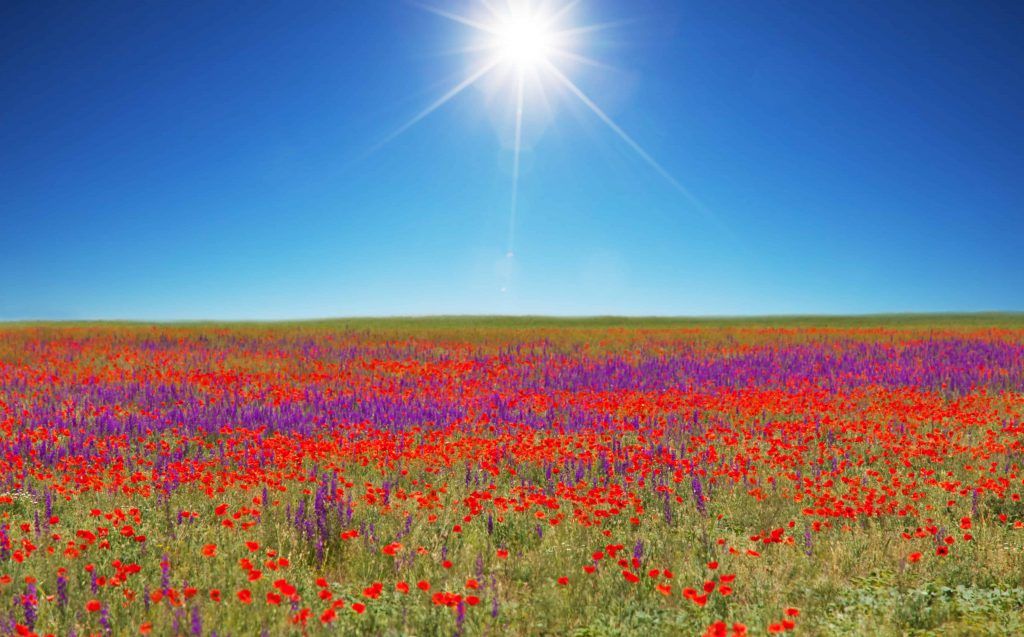
Carefully dig out each plant, making sure to leave as much soil as possible around the root balls. In the case of perennial poppies, beware of their long taproot by digging deep and lifting carefully.
Plant poppies with crowns low to the ground in a well-drained area and water well.
It is helpful to add mulch to prevent newly transplanted plants from drying out. A shade cloth can also be used to protect them until the plants have established themselves well enough to withstand full sun.
poppy care
Annual poppies are easy to care for.
It is not necessary to trellise or strip the plants; just let them bloom and go to seed as part of a wildflower show.
Once the flowers have faded and the seeds have been released, pull up the mother plants and place them in the compost heap. It is a good idea to shake the plants in place before removing them, to release any seeds.
Oriental poppies hold their large flowers on strong hairy stems.

They may need a support to keep them upright – place it on top of the foliage mound before the flower stalks appear.
A poppy flower lasts about 10 days, but the plants will have a second flush of flowers if they are cut back. It’s a good idea to prevent oriental poppies from setting seed, as this will reduce the amount of energy the plant has to produce more flowers.
Himalayan poppies also need trellising and pruning.
Cut the plants back to ground level in fall and cover the soil with compost, mulch or bark chips in fall or spring.

